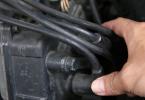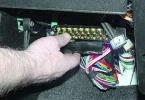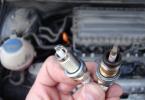The article is really useful with many photo and video materials. But today I want to talk about another problem, it happens that in the morning in the parking lot (especially in winter) we cannot start the car. I must say that if you did not start the car the first time, then it is already more difficult to do this, it can simply fill in the spark plugs. You "turn" the engine a second and third time and many more times (until the battery runs out), but the car will not start. And it's not always a breakdown, it's just that the car's candles do not give the correct spark, as ordinary motorists say (like us, with you) the candles are flooded. Let's talk today why this happens and how to avoid it …… ..
What does it mean - "flooded" the spark plugs?
For beginners, this is not always clear, this question. Everything is very simple. As we already know in an internal combustion engine, during operation, several processes occur.
The first is the supply of the fuel-air mixture (when the fuel is mixed with air and supplied to the engine cylinders).
The second is the compression of this mixture by the engine cylinders (the valves are closed, the piston goes up, reaching its maximum point).
The third is ignition (a spark is applied to the candles, whereby this compressed fuel ignites, a mini explosion occurs, and the piston moves down)
The fourth is the exit of these exhaust gases (when the burnt fuel leaves the engine piston, through the valves and then the gas exhaust system - the muffler).
But when it is cold outside, freezing temperatures, the third cycle of "ignition" does not always happen. That is, the fuel mixture (gasoline + air) enters the engine cylinders and does not ignite. Thus, the fuel simply floods the candles., they become wet, and on such candles, the formation of a spark is almost impossible... If the candles get wet and then "turn" the engine, then you only aggravate the situation, because the cycles go on - no ignition occurs - the candles get more and more wet from the fuel.
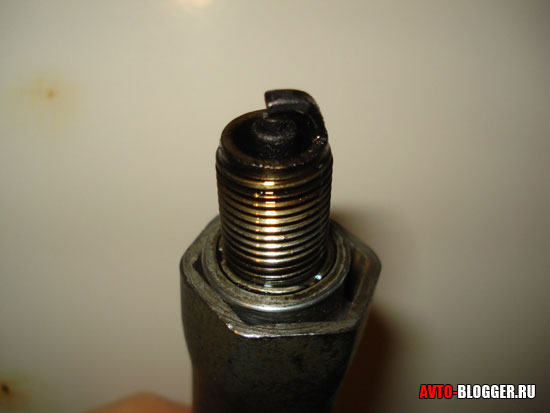
Why is there no spark and flooding?
Everything depends on the device of your car (), as well as on the state of your car's battery.
Battery
The main culprit is this. At low temperatures, it does not create the required voltage on the engine plugs, a weak spark is not capable of igniting the fuel. Because of this, candles begin to flood, after which the process is only aggravated.
Advice! Before the winter period, be sure to check the battery, if in the summer you can still ride on a weak battery, then this will not work in winter!
Carburetor
A simple but outdated fuel injection system. An incorrectly adjusted one can pour fuel into the combustion chambers, if at positive temperatures it still rolls, then with the onset of cold weather, excess fuel simply floods the candles. And it becomes almost impossible to start a car with a carburetor. Also, the carburetor has no fuel delivery gauge. That is, if you have not started the car, it will still "pour" gasoline in the volume in which it is configured.
Advice. Be sure to properly adjust the carburetor before winter. Otherwise, it will be very difficult to start in severe frosts (I know from my own experience).
Injector
More progressive, but also more complex system. At low temperatures, the on-board computer forces the injectors of the injector to supply more fuel to the air mixture in order to improve - enrich the composition. However, if the car has a "weak" battery, there is not enough spark to ignite the fuel, thus flooding the spark plugs on the injector. But you still need to be able to fill the injector! Unlike a carburetor, an injector has many sensors that monitor the engine and fuel delivery. If the car does not start, then the fuel is not supplied in a large volume, and therefore the filling of candles can be minimized.
Advice! If the car does not start from the first or third time, wait five minutes, then try again. If it does not start again, then you need to charge the battery and clean the candles.
What to do if the spark plugs are flooded?
1) First, charge the battery, most likely it is discharged.
2) You need to unscrew the old candles and put in new, dry ones, if there is a spare kit.
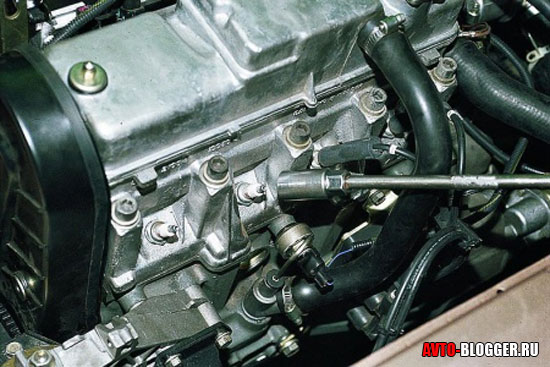
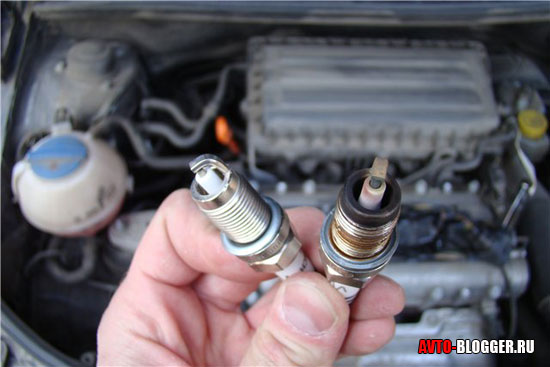
3) The filled candles must be dried. We unscrew and carry them home. and put them to dry, for example on a battery. If you are in a hurry, you can dry on a gas burner, only without enthusiasm, you do not need to glow red!
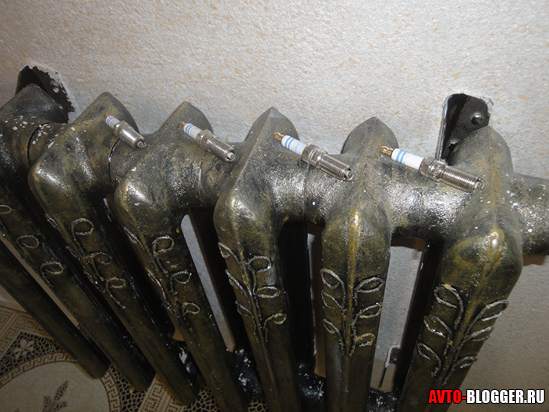
4) If you are in a hurry, you can try to start the car with filled candles. To do this, we squeeze the gas pedal all the way and try to start the car. The air that enters the cylinders can dry out the candles a little! At the injector - the on-board computer turns off the excessive fuel supply, thus drying the candles. And the carburetor does not create increased pressure in the cylinders, I would even say there is a rarefaction, which is also able to draw out excess fuel. But for this you need a well-charged battery, and if you have a "weak" one, then you will not be able to dry it in this way.
In conclusion, I would like to say, when cold weather sets in, check the battery and candles of your car. That's all, read our AUTO SITE
